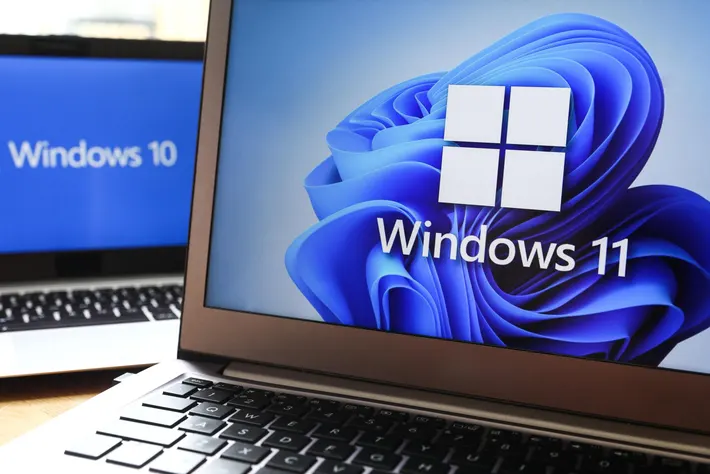Cybersecurity experts are sounding the alarm after a blog post by Microsoft revealed that nearly 400,000 Windows computers worldwide have been infected by Lumma Malware, a dangerous program designed to steal sensitive information.
This alarming cyberattack raises concerns about digital security and the increasing sophistication of malware designed to target everyday users.
What is Lumma Malware?
Lumma is a malware-as-a-service tool, meaning cybercriminals can buy and use it to steal data from unsuspecting victims. According to Microsoft’s Digital Crimes Unit, Lumma is capable of stealing passwords, banking details, and cryptocurrency wallets from infected computers.
The malware is often disguised within phishing emails, fake software downloads, and malicious websites. Once installed, it operates silently, collecting personal data and sending it to hackers, who may use it for fraud or sell it on the dark web.
Microsoft’s response
Microsoft has taken legal action against Lumma, working with the U.S. Department of Justice to shut down over 2,300 malicious domains used to spread the malware. The company also blocked communications between infected computers and the hackers controlling Lumma.
While these efforts have significantly disrupted Lumma’s reach, cybersecurity experts warn that new versions of the malware could emerge, meaning users must remain cautious when browsing online.
Who is at risk?
Lumma has targeted individuals and businesses across various industries, including finance, healthcare, and gaming. Windows users who frequently download files, click on suspicious links, or use outdated software are at a higher risk of infection.
Hackers are constantly evolving their strategies, making malware harder to detect. Even secure systems can become vulnerable if users are careless about their online activity.
How to stay safe
Protecting yourself from Lumma requires smart online habits and reliable security tools. Avoid opening emails from unknown sources, clicking on suspicious links, or downloading files from untrusted websites.
Keeping your operating system and apps updated ensures you have the latest security patches, reducing the risk of malware infection. Using strong passwords and enabling two-factor authentication can further secure sensitive accounts.
Experts recommend installing antivirus software, such as Microsoft Defender, to detect and remove threats. Regular system scans and cautious browsing are also essential steps in preventing cyberattacks.
The future of cybersecurity
Cybercrime is evolving, with hackers using AI-powered tools and advanced malware techniques to break through security defenses. As technology advances, companies like Microsoft and global cybersecurity teams must continuously adapt to counter new threats.
While Microsoft’s action against Lumma marks a major step in fighting cybercriminals, individual users must also take responsibility for their online safety. Awareness and proper security measures can make a significant difference in reducing the risk of malware infections.




